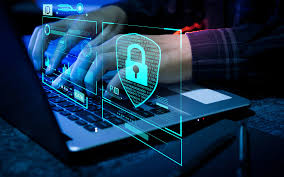Why Cybersecurity Matters More Than Ever
In our hyper-connected digital age, cybersecurity has evolved from an IT concern to a fundamental life skill. Every 39 seconds, a hacker attack occurs somewhere on the internet, affecting individuals and organizations alike.
Estimated global cybercrime costs in 2022
Of breaches caused by human error
The digital landscape presents both unprecedented opportunities and risks. This guide provides comprehensive knowledge to navigate cyberspace safely, protect your digital assets, and understand emerging threats in our increasingly connected world.
